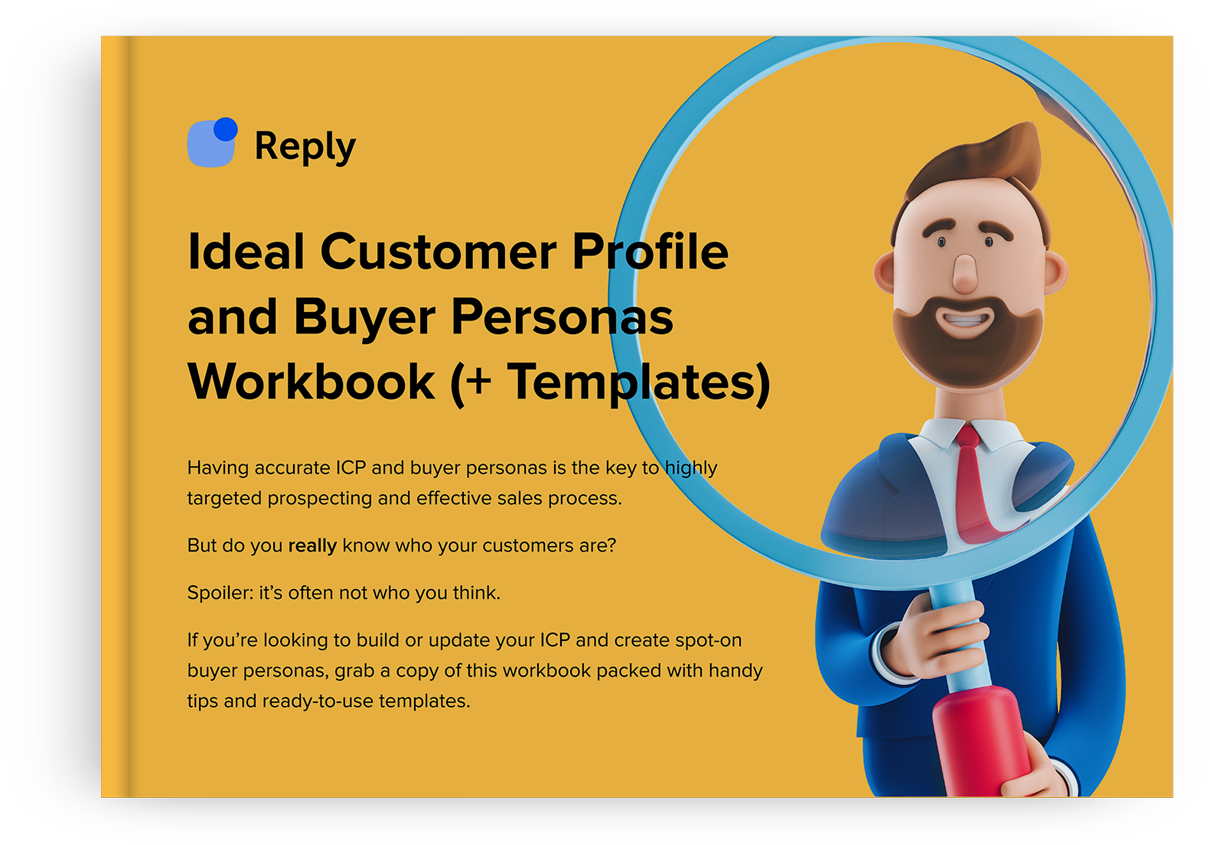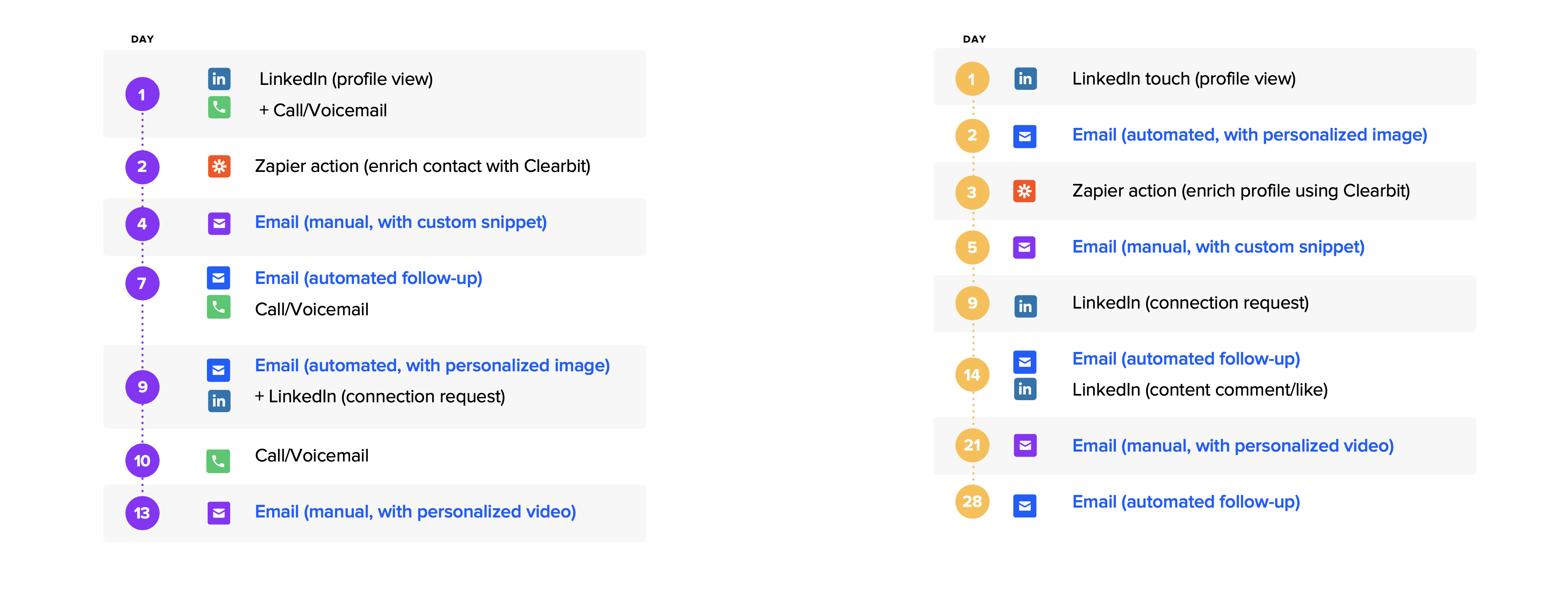In the business world, the transition from the bustling holiday season to the more subdued months of January and February often signals a marked slowdown in consumer activity. This period, typically quieter following the high-spirited festive spending, poses a unique challenge for most businesses. The contrast is especially noticeable when compared to sectors like fitness clubs, which experience a significant upsurge, riding the wave of New Year’s resolutions.
For businesses, this post-holiday period can feel akin to navigating a desolate landscape, starkly different from the holiday sales rush. It’s a time when customer spending retracts and the festive euphoria dissipates, leaving a noticeable void. This phase, often referred to as the post-holiday sales slump, requires a strategic approach.
Businesses typically come to a fork in the road during this time. They may decide to:
- Adopt a passive stance, waiting for the market to rebound naturally, or
- Proactively engage with the situation
Choosing the latter calls for a well-crafted plan, leveraging this period as an opportunity for growth and engagement rather than stagnation.
Understanding the importance of a proactive strategy, our key aim is to provide actionable insights and innovative ideas to help your business effectively navigate and capitalize on this post-holiday phase.
By shifting the perspective, we can transform these traditionally slower months into a time for strategic planning, customer engagement, and setting the groundwork for sustained business success throughout the year.
5 battle-tested strategies to survive a sales slump
Surviving a sales slump is not only about enduring a challenging period; it’s an opportunity to reevaluate, innovate, and emerge stronger. The post-holiday sales slump, often seen as a drawback, can actually be a golden opportunity to gain a competitive edge.
Here are five business-tested strategies to not just survive but thrive during this period:




 Educational webinars and workshops:
Educational webinars and workshops:

![New in 2025: Reply.io Teams Up with Persana AI [+Live Webinar] New in 2025: Reply.io Teams Up with Persana AI [+Live Webinar]](https://reply.io/wp-content/uploads/persana.io_-1024x538.jpg)
